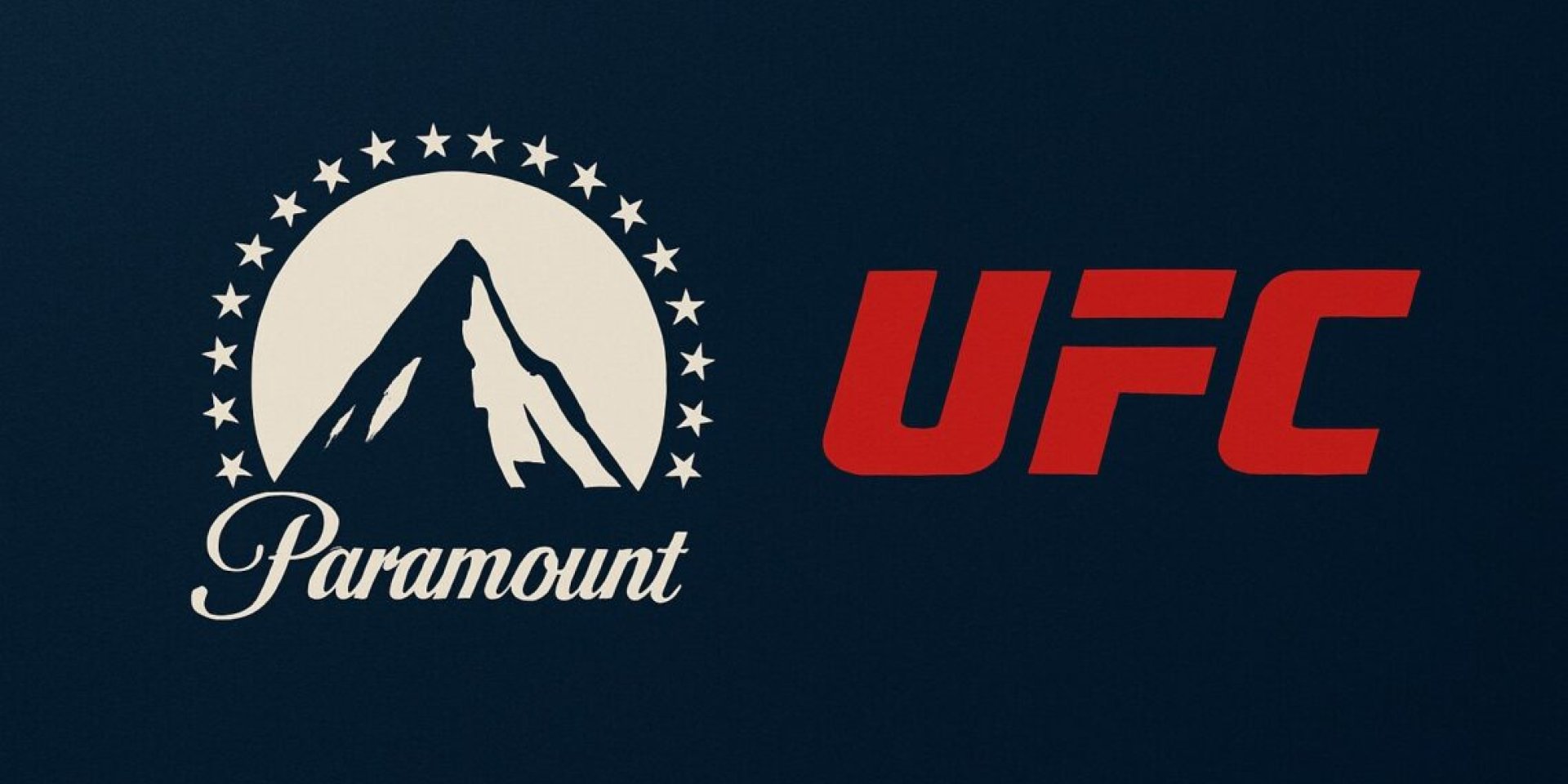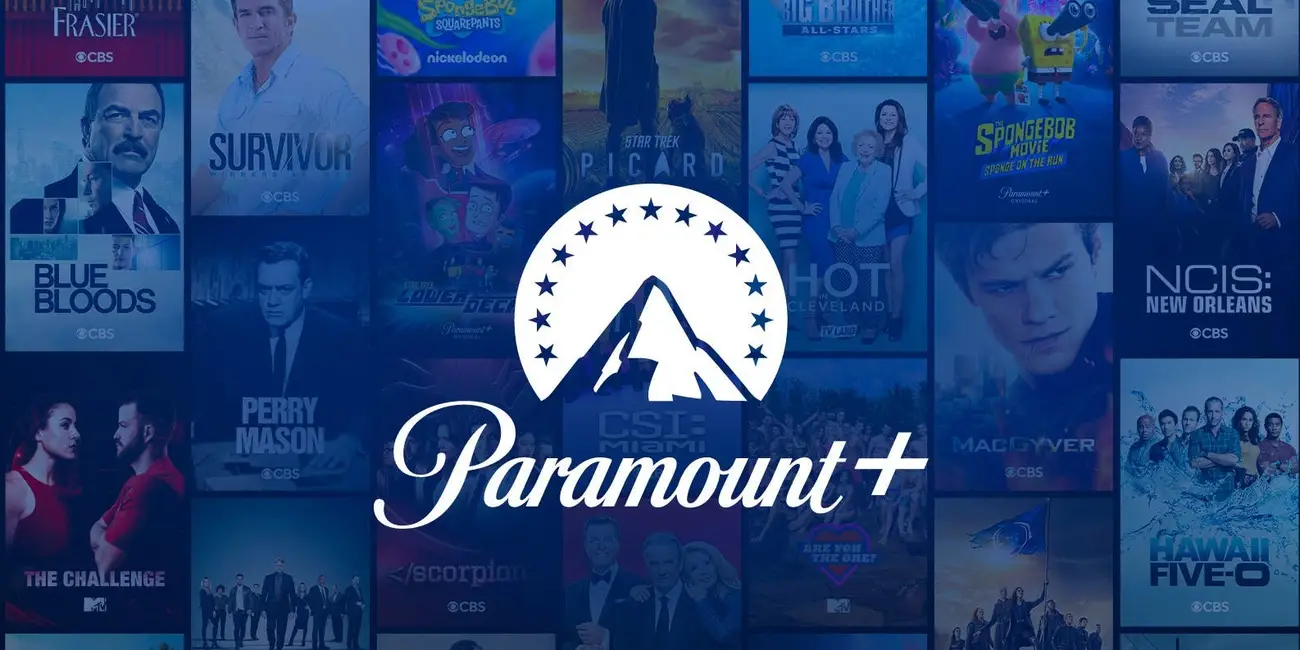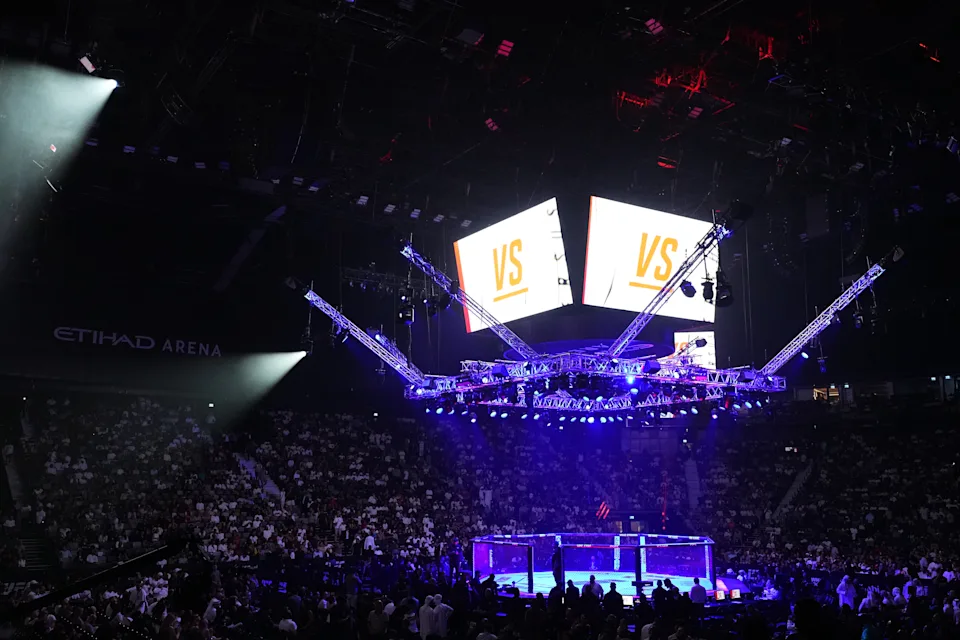
MMA is entering a new era. UFC has signed a seven-year media-rights agreement with the Paramount media group — and this is not just another contract but a turning point for the entire combat-sports industry. The package includes U.S. exclusivity on Paramount+, free “showcase” broadcasts on the over-the-air CBS network, and the league’s de facto departure from the classic PPV model. Under the deal, UFC will receive about $1.1 billion per year — nearly four times more than the ESPN contract that runs through the end of 2025 ($300 million). Why so much, what exactly will change, and who will feel it first?
Exclusivity on Paramount+ and “Showcases” on CBS

Under the agreement, Paramount receives exclusive rights to air all UFC events in the United States. We’re talking about a stable calendar: 13 numbered events plus roughly 30 Fight Night cards each year. The platform’s primary home is the streaming service Paramount+, where all events will be available to subscribers.
To expand reach beyond streaming, a selection of numbered events will air free on CBS. The plan calls for up to four major prime-time broadcasts a year. One of them is already earmarked as a major media moment: a card at the White House that UFC plans to stage on to mark America’s 250th anniversary. This synergy between subscription and broadcast gives the league both monetization depth and maximum visibility.
Why It’s So Expensive: Four Drivers Behind the Price Tag
-
Exclusivity and content scarcity. A high, predictable volume of top-tier fights is a rare commodity in an age of content abundance. UFC delivers a “live” event watched in real time and discussed instantly — the gold standard for platforms seeking durable engagement.
-
Hybrid distribution. The mix of paid subscription and free over-the-air windows creates a funnel: CBS introduces mass audiences to the product, while Paramount+ converts interest into regular viewing and ARPU.
-
Removing the PPV barrier. Eliminating one-off payments for numbered events takes away fans’ biggest psychological hurdle. Instead of buying each card separately, viewers get everything inside a single subscription.
-
Paramount’s portfolio. Paramount+ already hosts the UEFA Champions League and the NFL, which means the service has the infrastructure and ad inventory to “stitch together” sports and entertainment audiences at scale. UFC becomes the centerpiece of that sports bundle.
Subscription Instead of PPV: What U.S. Viewers Get

The Pay-Per-View model was UFC’s calling card for many years. Now numbered events are moving to Paramount+ at no extra charge. For comparison: the PPV for the upcoming UFC 319, headlined by Dricus Du Plessis vs. Khamzat Chimaev, would cost around $42 for access to a single show. Starting in 2026, those same events will be included in a Paramount+ monthly subscription: $7.99 with ads or $12.99 ad-free. TKO leadership already calls PPV an “outdated model” and “a barrier for fans,” though rare exceptions are possible: if an off-plan “superfight” emerges, the à-la-carte format can be revived on a one-off basis.
What About the Fighters: Money and the Spotlight
Many stars currently receive a share of PPV sales. Exactly how payout economics will be rebalanced under a subscription model is undisclosed. The logic is clear, though: broader reach means higher value for advertising and sponsorship integrations, giving the promotion more room to negotiate with top athletes. Paramount+ has about 77 million subscribers, and the holding company believes combat sports can multiply that base. For fighters, that means a larger “stage” and an expanded attention capital.
Rights Geography: Outside the U.S., It’s Status Quo (For Now)

The deal covers only the U.S. market. In all other countries, the distribution structure remains the same: UFC Fight Pass will continue to carry events via subscription, and regional broadcast partners stay in place. Paramount has signaled interest in exploring international rights in the future, but that’s a step-by-step process as current UFC agreements in different regions expire.
An $8 Billion Merger and the Bigger Strategic Game
The UFC contract became the first high-profile move of the combined Paramount and Skydance entity after completing their $8 billion merger. The partners had already fortified their entertainment portfolio (including rights to South Park); now the focus shifts to premium sports. In the sports-content race, Paramount competes with Netflix and Disney, and signing the combat-sports “flagship” is a bid for leadership in live entertainment.
UFC’s Financial Form Before the Media-Rights Leap

In recent years, UFC has shown steady growth in operating revenue: $1.140 billion in 2022, $1.3 billion in 2023, and $1.406 billion in 2024. The new media package amplifies that trend: an annual payout of about $1.1 billion versus $300 million under the current deal moves the promotion into the same league as the biggest sports brands by media monetization scale. It’s no surprise UFC leadership calls the agreement “a huge win” for athletes and fans — the league is cementing its mainstream-sports status.
Takeaways: The New Economics of Fights
The Paramount deal solves several tasks at once. For U.S. fans, fights become more accessible — instead of pricey PPVs, the full slate of events moves into a subscription. For the league, it means predictable cash flows, a strong broadcast showcase, and a stronger global brand. For fighters, it’s a chance at an even wider audience and greater commercial value for top cards. At stake is not only the contract’s headline number but a new architecture for the combat-sports market, where UFC shifts from a “PPV machine” to the anchor of a large streaming ecosystem.








